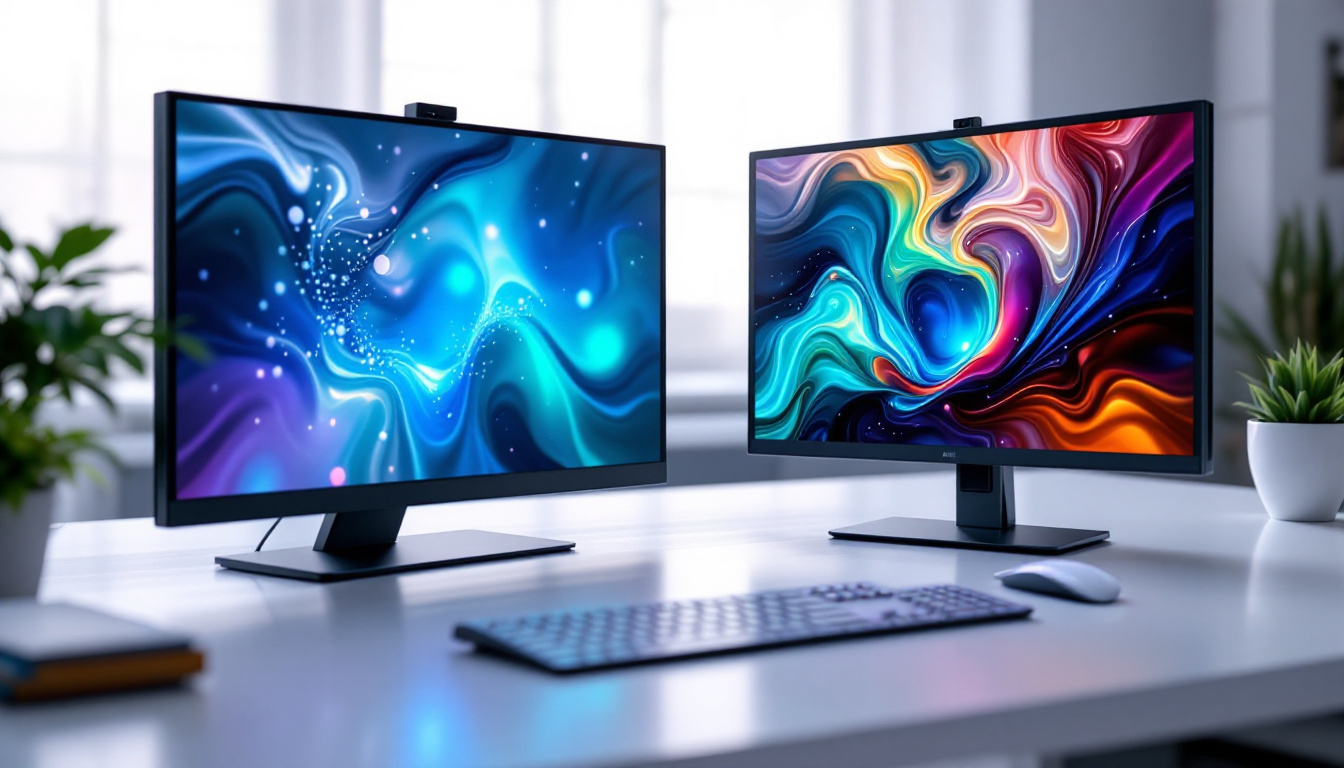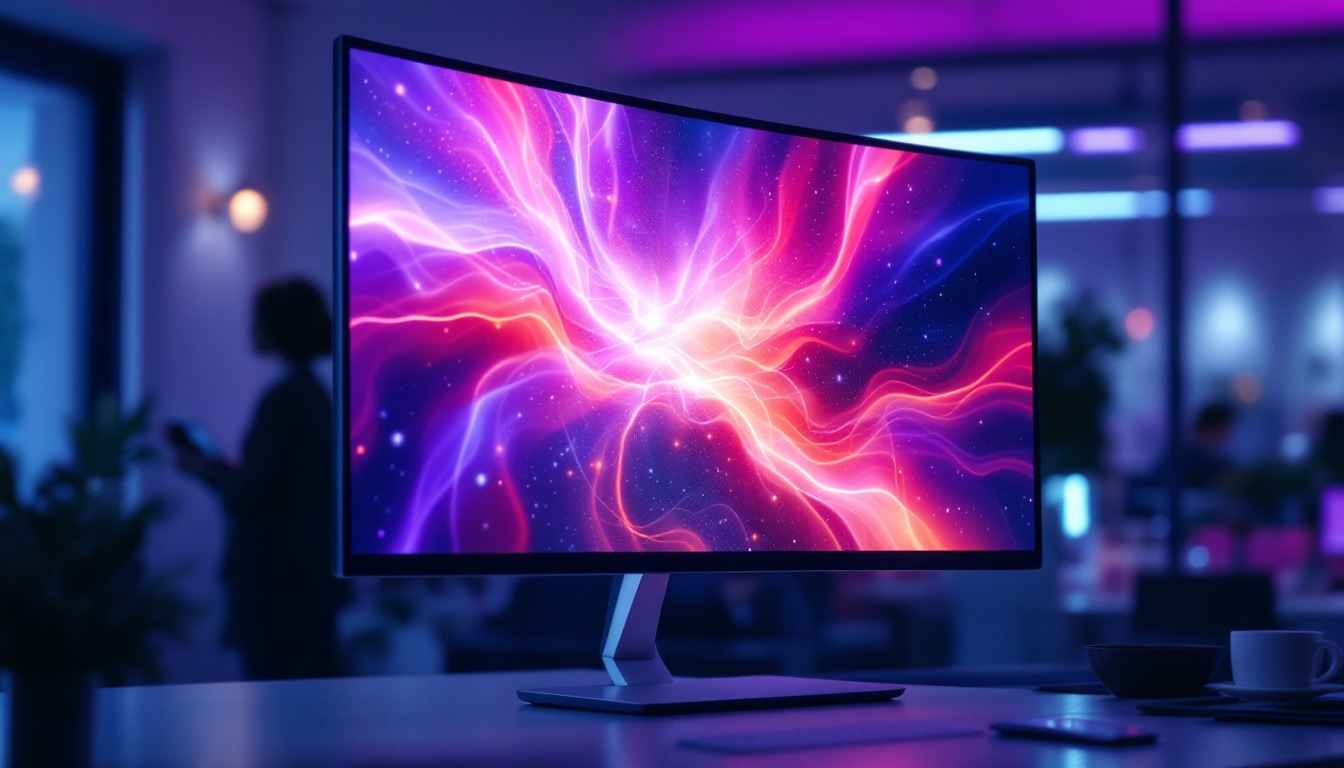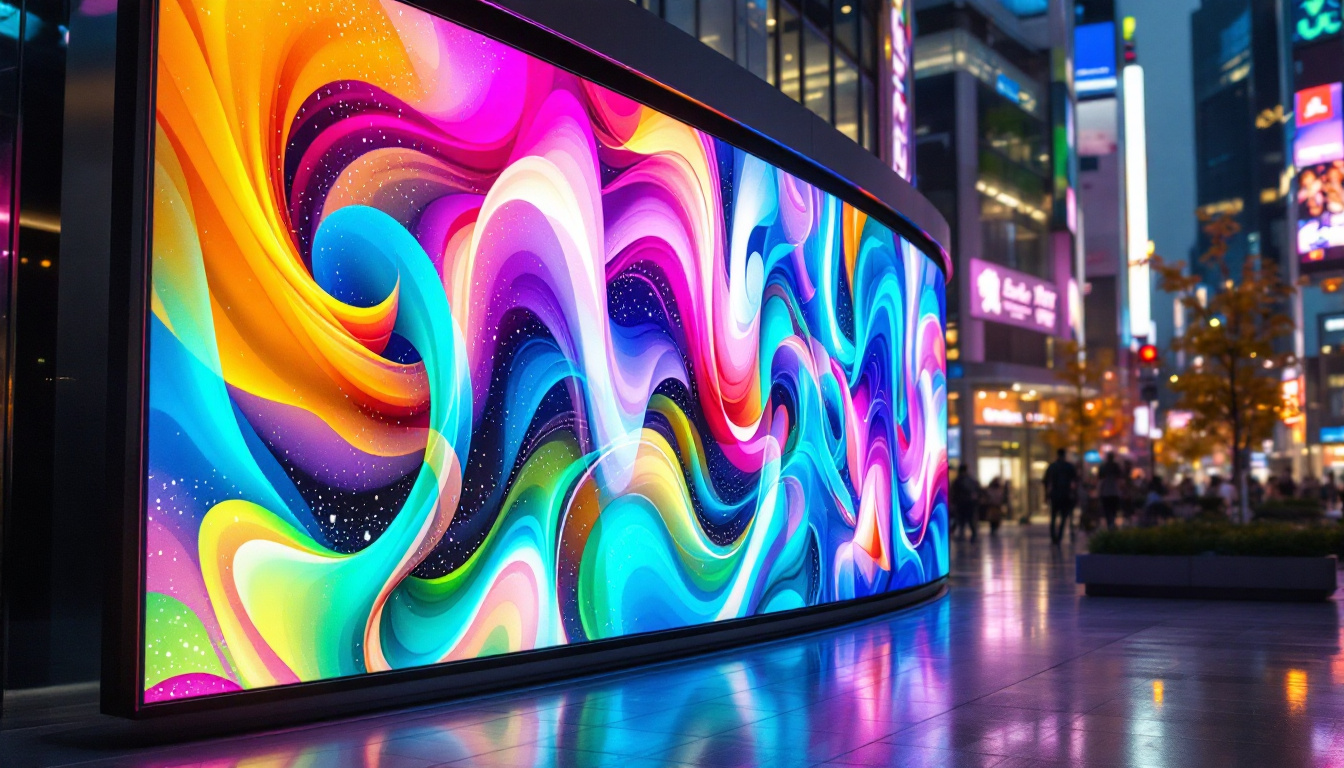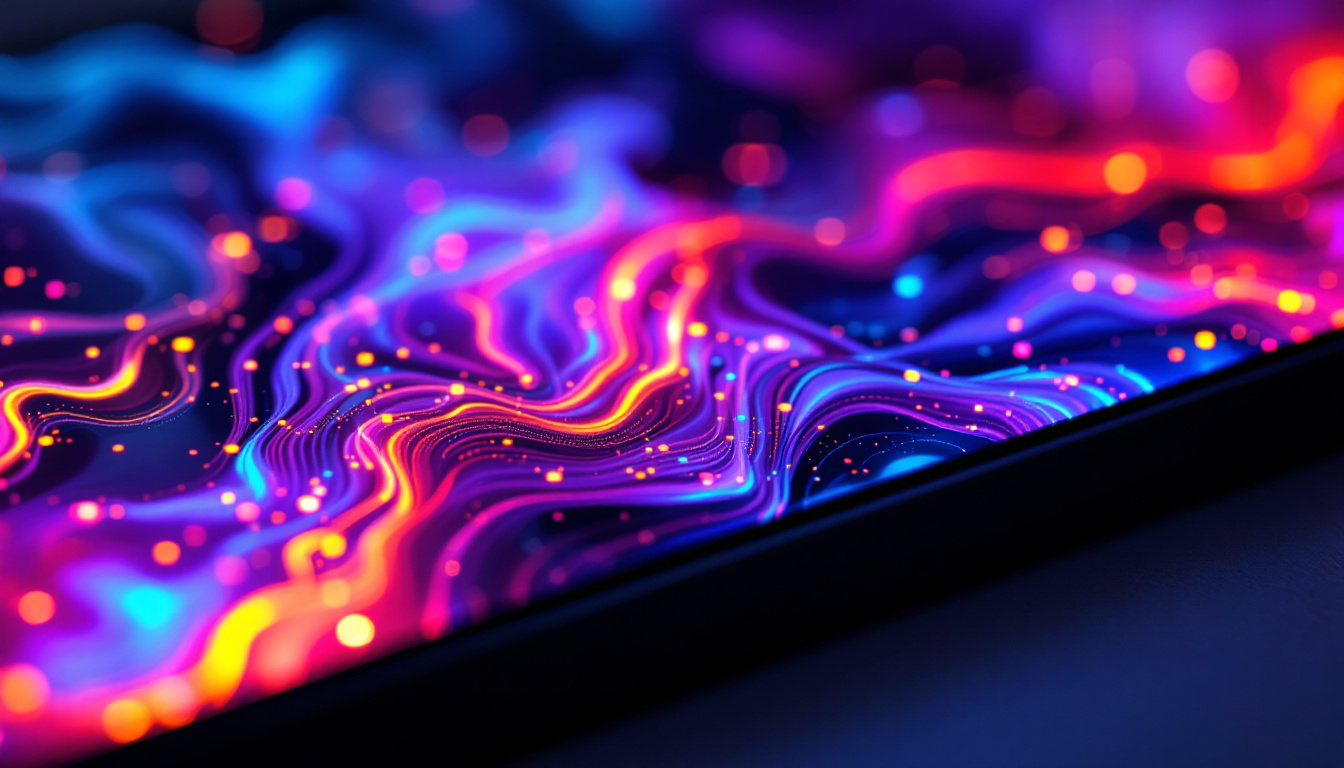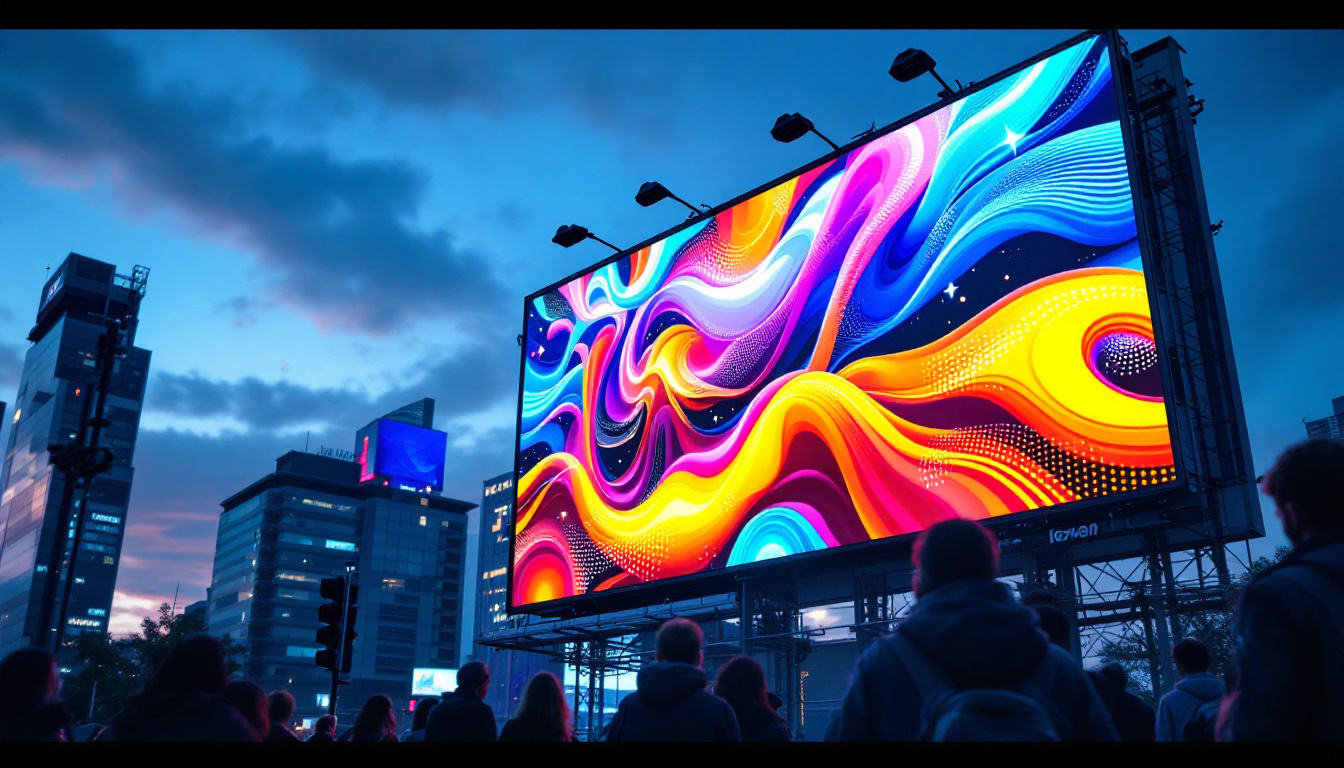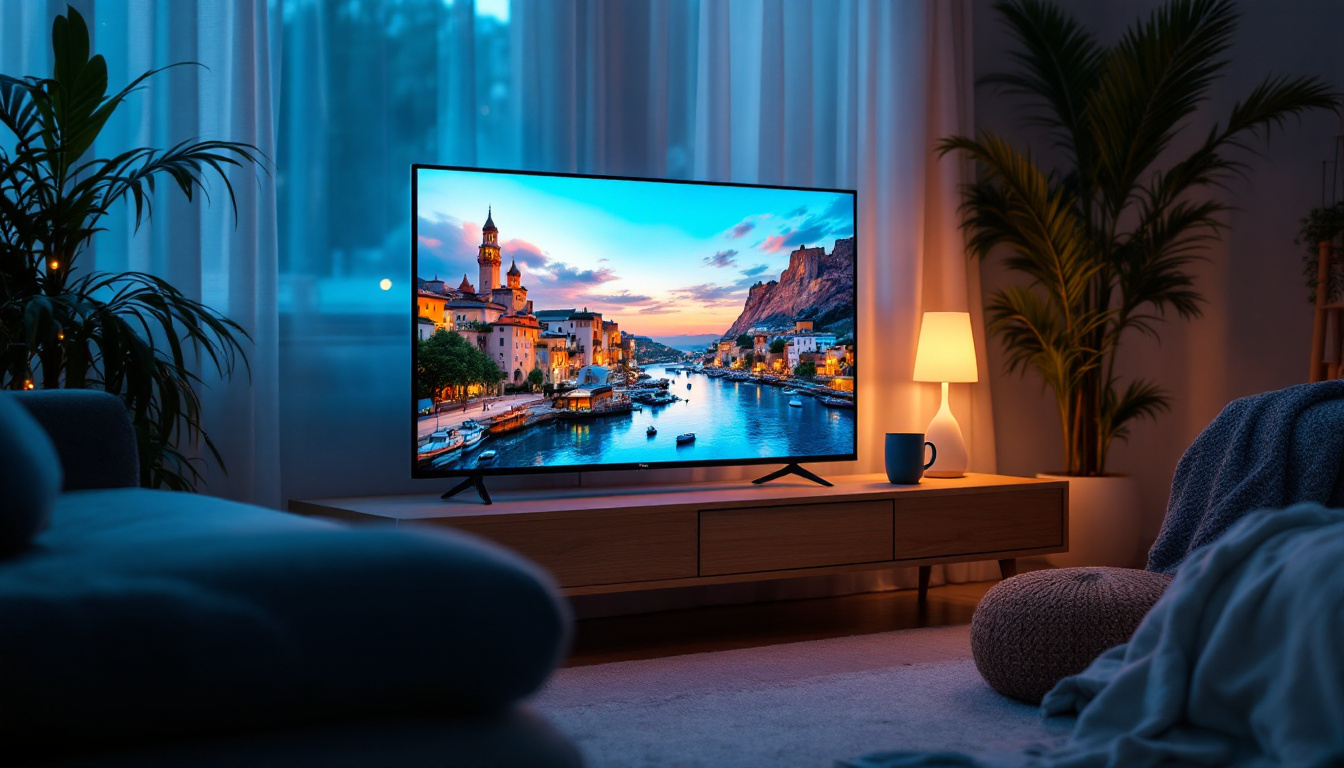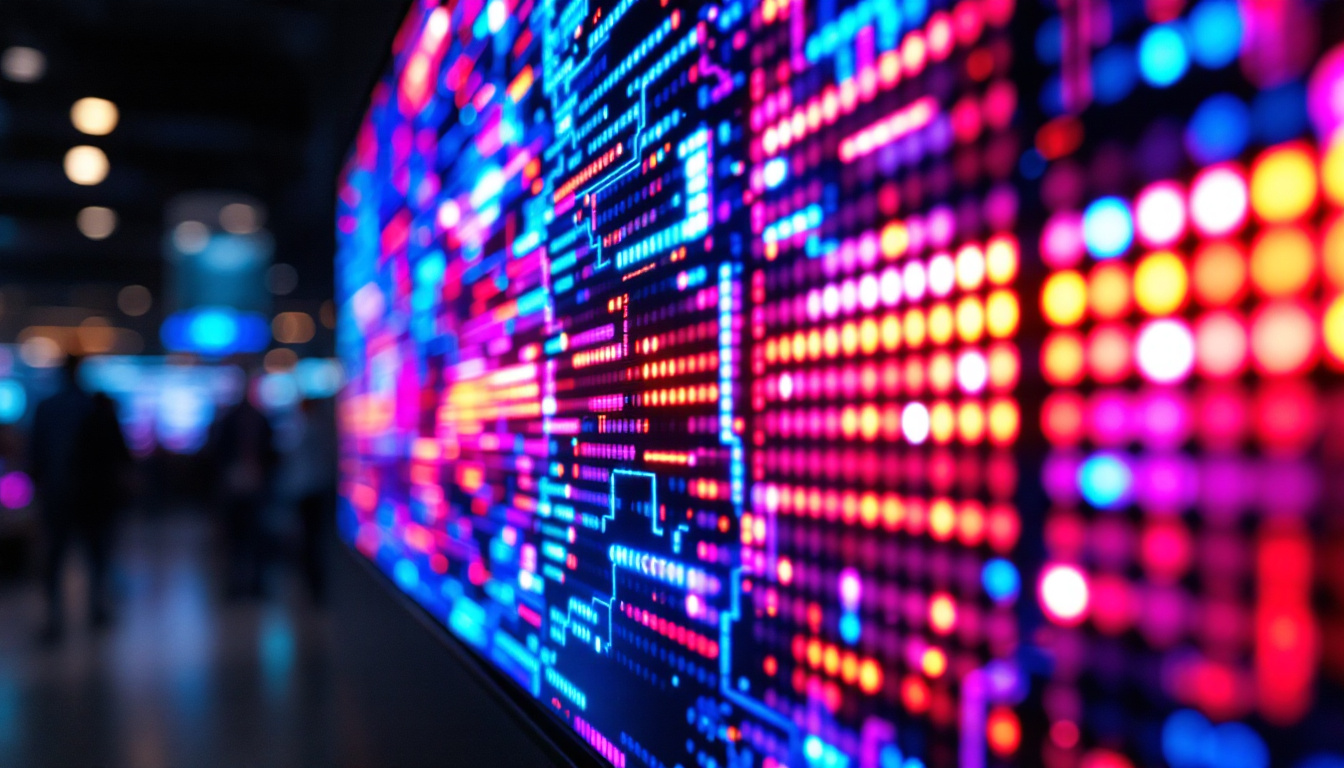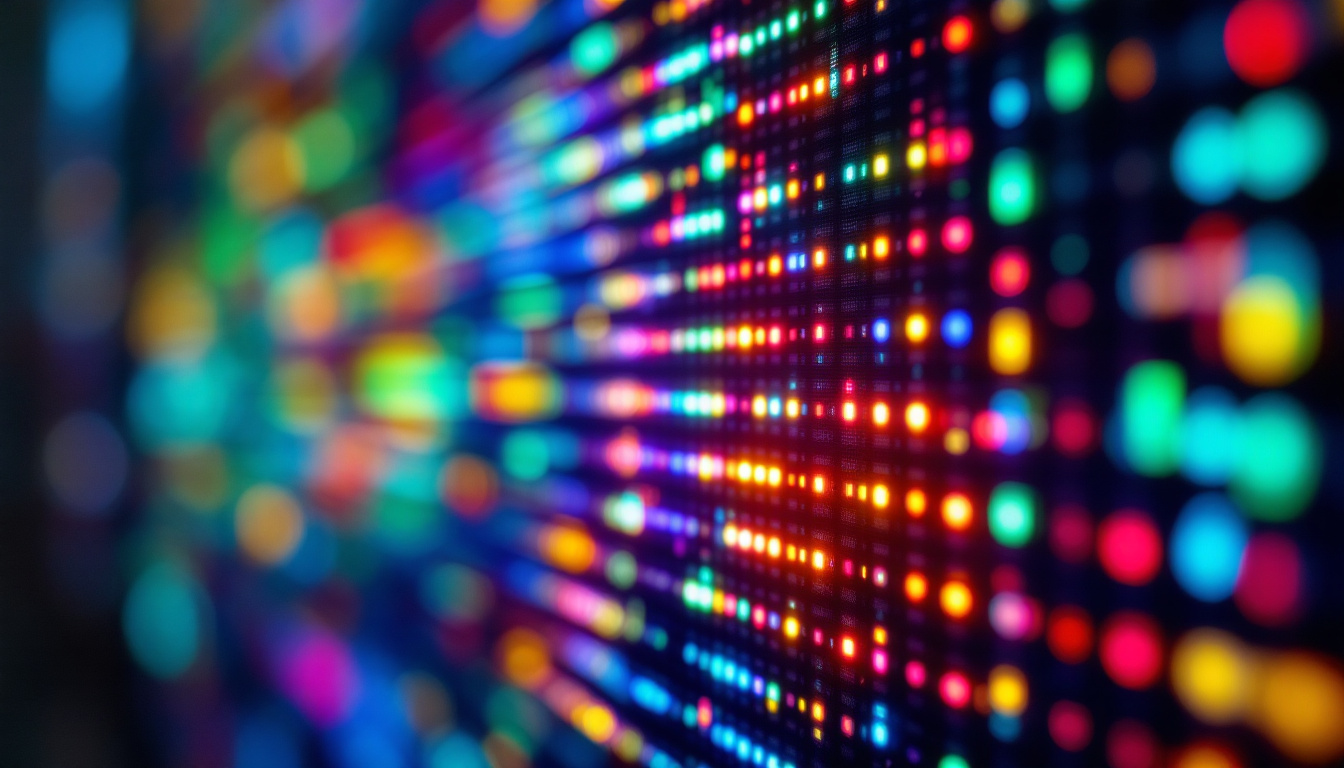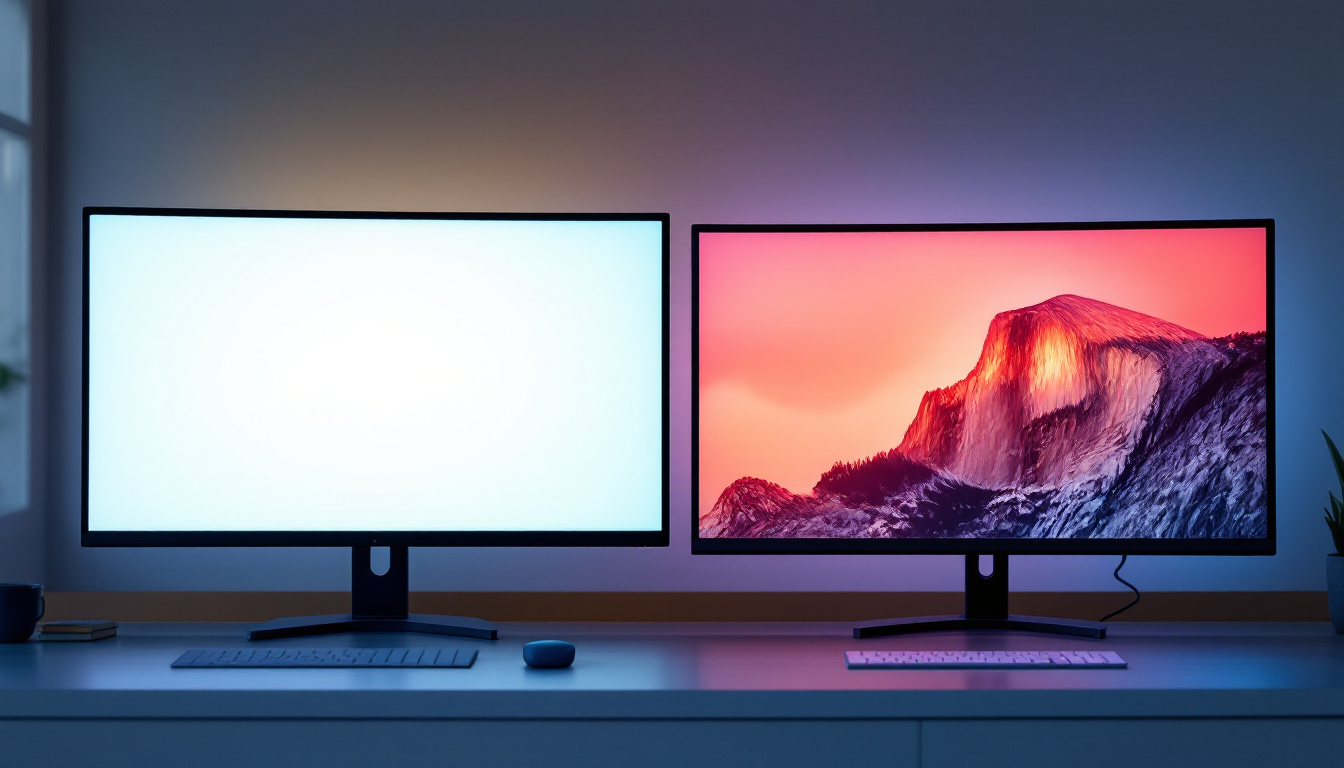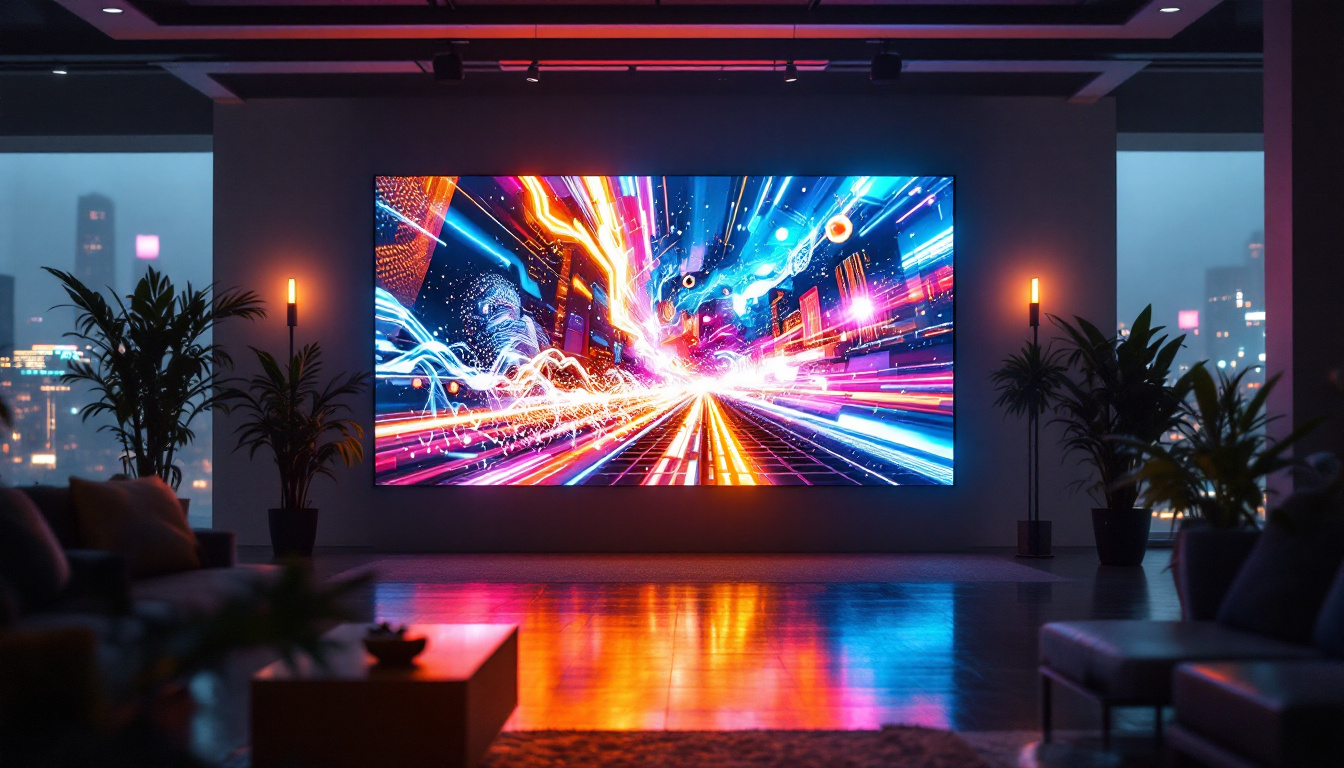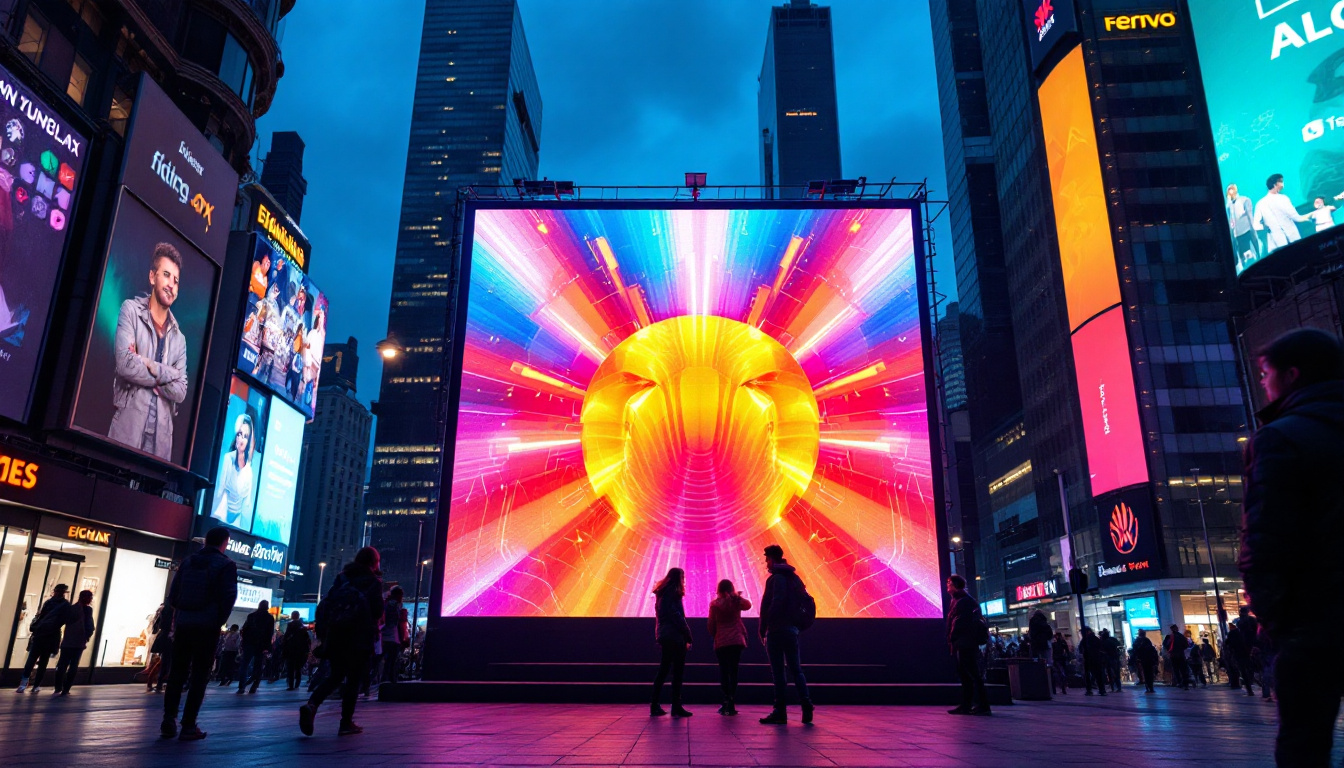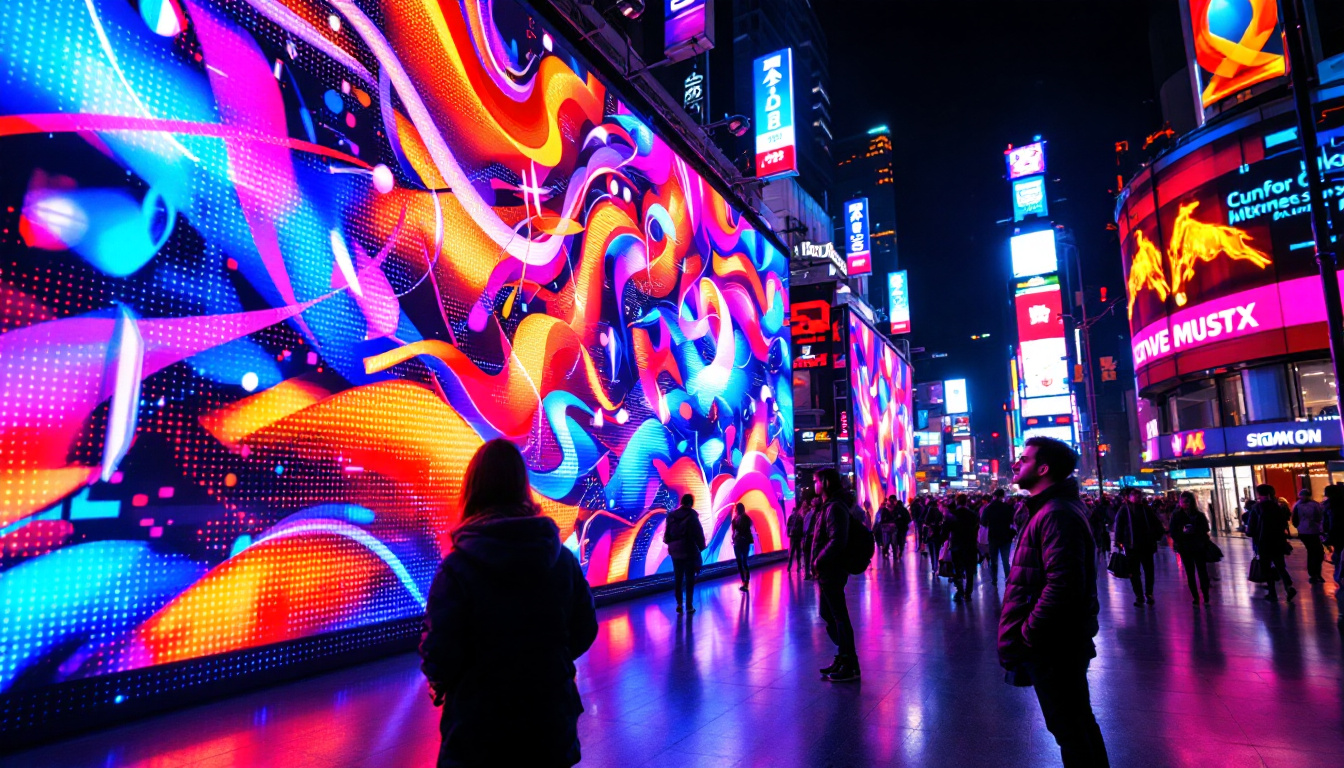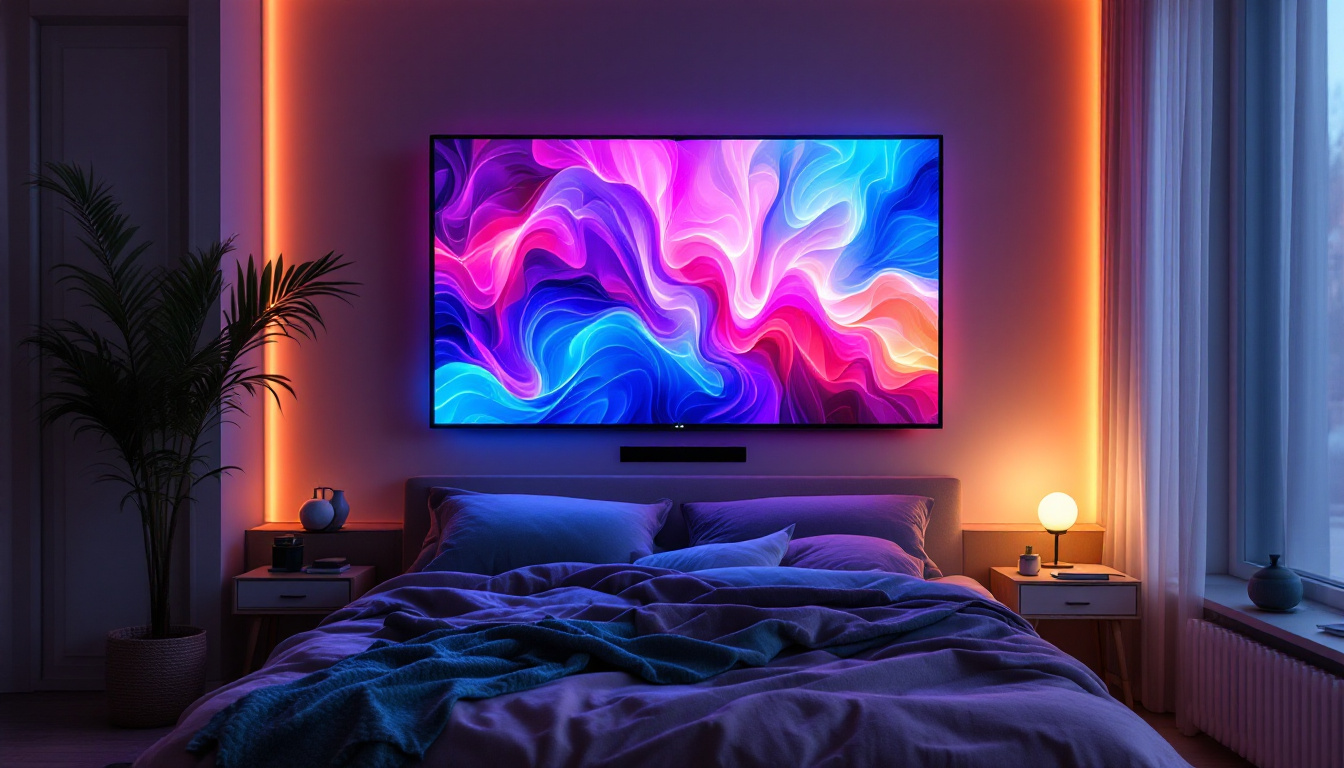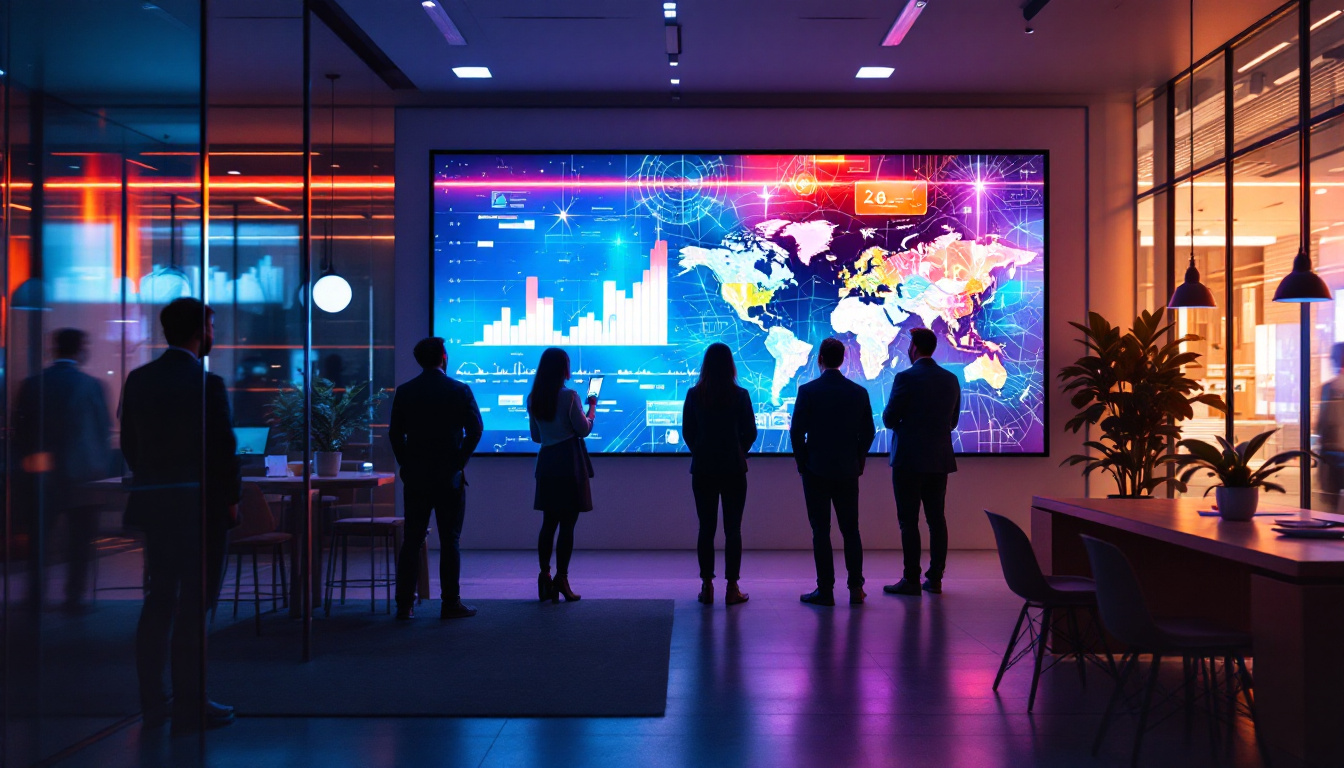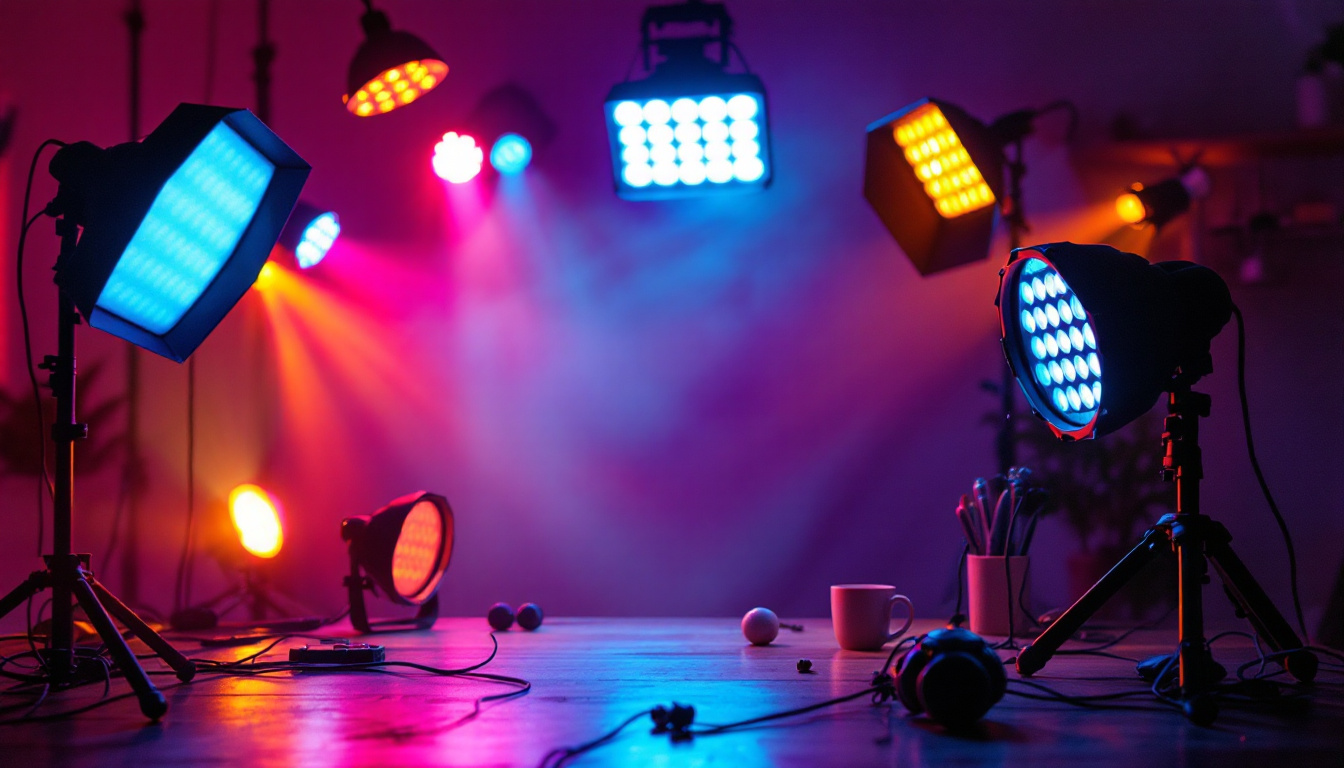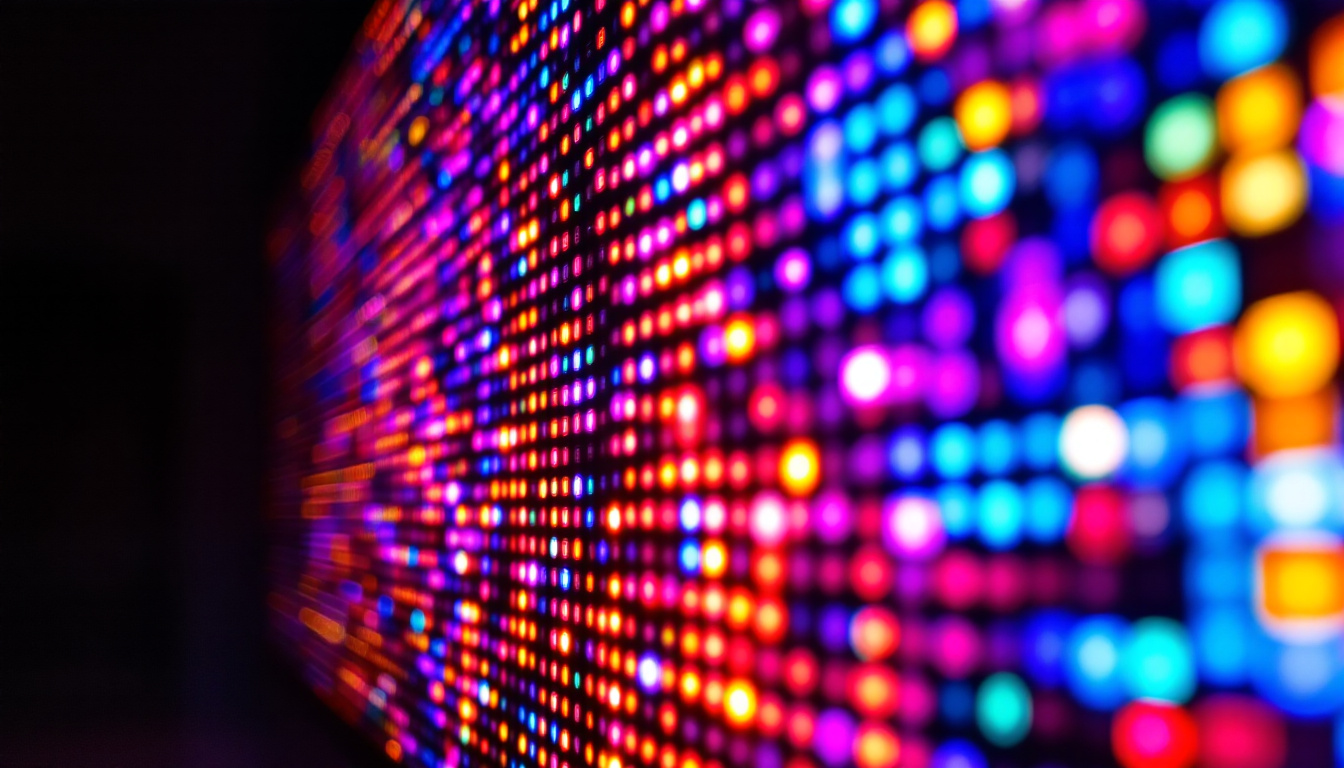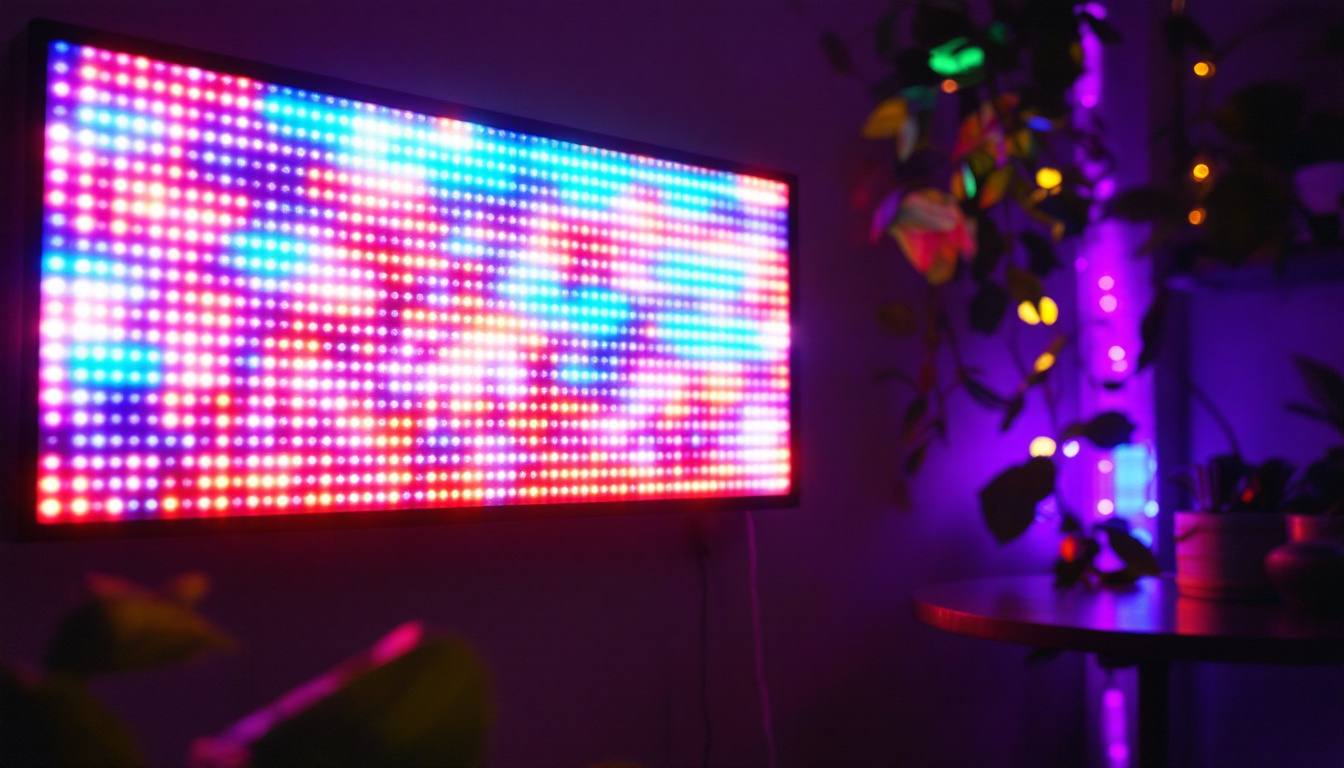In today’s fast-paced digital world, the need for efficient workspace setups has never been greater. Multi monitor stands have emerged as a popular solution for professionals who require enhanced productivity and better organization. This article delves into the intricacies of multi monitor stands, focusing particularly on LED displays and their benefits.
Understanding Multi Monitor Stands
Multi monitor stands are designed to hold multiple screens simultaneously, providing users with a more expansive view of their digital workspace. These stands come in various configurations, allowing for flexibility in arrangement and height adjustment. Whether for gaming, graphic design, or general office work, multi monitor stands can significantly improve ergonomics and efficiency.
Types of Multi Monitor Stands
There are several types of multi monitor stands available on the market, each catering to different needs and preferences. The most common types include:
- Desk-mounted stands: These are attached directly to the desk surface, often featuring adjustable arms that allow for optimal positioning of the monitors.
- Freestanding stands: These stands do not require attachment to the desk and can be easily moved around. They usually have a sturdy base to support the weight of multiple monitors.
- Wall-mounted stands: Ideal for saving desk space, these stands are fixed to the wall and can provide a clean, organized look.
Each type has its unique advantages, and the choice often depends on the user’s specific requirements, such as space constraints and desired monitor arrangement. For instance, desk-mounted stands are particularly beneficial for users who have limited desk space but still want to maintain a professional setup. On the other hand, wall-mounted options are perfect for those who prefer a minimalist aesthetic and want to maximize their floor area.
Benefits of Using Multi Monitor Stands
Utilizing multi monitor stands can lead to a multitude of benefits. Here are some key advantages:
- Increased productivity: With multiple screens, users can multitask more effectively, reducing the time spent switching between applications.
- Improved ergonomics: Properly positioned monitors can help reduce neck and eye strain, promoting a healthier work environment.
- Enhanced organization: Multi monitor stands help keep the workspace tidy, minimizing clutter and improving focus.
As the demand for efficient workspaces continues to grow, the use of multi monitor stands is becoming increasingly prevalent across various industries. Furthermore, many modern multi monitor stands are designed with cable management systems that help keep cords organized and out of sight, contributing to a cleaner workspace. This attention to detail not only enhances the aesthetic appeal of the setup but also reduces the risk of tangling and damage to cables, which can be a common issue in multi-screen environments.
Additionally, some advanced models come equipped with features such as built-in USB hubs, allowing users to connect peripherals directly to the stand. This can streamline the workflow even further, making it easier to access devices like keyboards, mice, and external storage without having to reach around the back of the monitors. As technology continues to evolve, the functionality and design of multi monitor stands are likely to advance, offering even more innovative solutions for users seeking to optimize their workspace.
LED Displays: A Game Changer
LED displays have revolutionized the way information is presented and consumed. Their vibrant colors, sharp contrasts, and energy efficiency make them a preferred choice for many users. Understanding the technology behind LED displays can help individuals make informed decisions when setting up their multi monitor systems.
What is an LED Display?
LED stands for Light Emitting Diode, a technology that uses semiconductor materials to emit light when an electric current passes through them. LED displays are made up of thousands of these tiny diodes, which work together to create images and videos. The result is a display that is not only brighter than traditional LCD screens but also more energy-efficient.
LED displays can be found in various forms, including standard monitors, televisions, and even large-scale digital signage. Their versatility and performance make them suitable for a wide range of applications, from gaming to professional graphic design. In addition, advancements in LED technology have led to the development of OLED (Organic Light Emitting Diode) displays, which offer even deeper blacks and improved color accuracy, further enhancing the visual experience.
Advantages of LED Displays in Multi Monitor Setups
Integrating LED displays into a multi monitor setup offers numerous benefits:
- superior image quality: LED displays provide high resolution and vibrant colors, enhancing the visual experience for users.
- Energy efficiency: Compared to traditional displays, LED screens consume less power, resulting in lower energy bills.
- Longevity: LED displays typically have a longer lifespan than other display types, making them a cost-effective investment over time.
These advantages make LED displays an attractive option for anyone looking to enhance their multi monitor experience. Furthermore, the thin profile of LED displays allows for sleek and modern setups, enabling users to maximize their workspace without sacrificing aesthetics. The lightweight nature of these screens also facilitates easy mounting on walls or adjustable stands, providing flexibility in arrangement and positioning.
Moreover, LED displays often come equipped with advanced features such as adaptive brightness, which adjusts the screen’s luminance based on ambient light conditions, ensuring optimal visibility at all times. Many models also support high refresh rates and low response times, making them ideal for fast-paced gaming and video editing. As technology continues to evolve, the integration of smart features, such as built-in connectivity options and compatibility with various operating systems, further enhances the functionality of LED displays, making them indispensable tools in both professional and personal environments.
Choosing the Right Multi Monitor Stand for LED Displays
Selecting the appropriate multi monitor stand for LED displays is crucial for optimizing workspace efficiency. Several factors should be considered to ensure the best fit for individual needs.
Weight Capacity
One of the first considerations when choosing a multi monitor stand is its weight capacity. LED displays can vary significantly in weight, so it is essential to select a stand that can support the combined weight of all monitors. Checking the manufacturer’s specifications can help ensure that the stand can adequately support the monitors without risk of damage or failure.
Adjustability and Ergonomics
Adjustability is another critical factor in selecting a multi monitor stand. Look for stands that offer height, tilt, and swivel adjustments, allowing users to position their monitors for optimal viewing angles. This can help reduce strain on the neck and eyes, promoting a healthier work environment.
Ergonomically designed stands can also enhance comfort during long hours of use, making them a worthwhile investment for professionals who spend significant time in front of screens.
Space Considerations
Space is often a limiting factor in any workspace. When selecting a multi monitor stand, consider the available desk space and the overall layout of the workspace. Desk-mounted stands may be ideal for smaller areas, while freestanding or wall-mounted options can provide more flexibility in larger spaces.
Additionally, consider the arrangement of the monitors. Stands that allow for various configurations can help optimize the available space while ensuring that the monitors are easily accessible.
Setting Up Your Multi Monitor Stand
Once the right multi monitor stand has been selected, the next step is proper setup. A well-organized setup can significantly enhance productivity and comfort.
Installation Process
Most multi monitor stands come with detailed installation instructions. Following these guidelines carefully is essential to ensure a secure and stable setup. Typically, the process involves attaching the stand to the desk or wall, securing the monitors to the stand, and making necessary adjustments for optimal viewing angles.
It is advisable to have a second person assist during installation, especially when handling larger monitors, to avoid accidents and ensure that everything is positioned correctly.
Cable Management
Proper cable management is crucial in maintaining a clean and organized workspace. Many multi monitor stands come equipped with cable management features, such as clips or channels, to help keep cables tidy and out of sight. Taking the time to organize cables not only improves aesthetics but also reduces the risk of tangling and damage.
Testing and Adjusting
After installation, it is essential to test the setup and make any necessary adjustments. Ensure that all monitors are functioning correctly and that the viewing angles are comfortable. Adjusting the height, tilt, and swivel of each monitor can help create a personalized setup that enhances productivity and reduces discomfort.
Maintaining Your Multi Monitor Setup
Regular maintenance is key to ensuring the longevity and performance of a multi monitor setup. Here are some tips to keep in mind:
Cleaning Your Monitors
Dust and fingerprints can accumulate on monitors over time, affecting image quality. Using a microfiber cloth and a gentle cleaning solution specifically designed for screens can help maintain clarity and brightness. It is advisable to clean the monitors regularly to ensure optimal performance.
Checking Connections
Periodically checking the connections between the monitors and the stand, as well as the cables connecting to the computer, can help prevent connectivity issues. Loose cables can lead to display problems or interruptions in workflow, so ensuring that everything is secure is essential.
Updating Software and Drivers
Keeping software and drivers up to date is crucial for maintaining compatibility and performance. Regular updates can help fix bugs and improve functionality, ensuring that the multi monitor setup operates smoothly.
Conclusion
Multi monitor stands paired with LED displays offer a powerful solution for enhancing productivity and creating an organized workspace. Understanding the various types of stands, the benefits of LED technology, and the factors to consider when selecting and setting up a stand can help users make informed decisions. By investing in a quality multi monitor setup, individuals can unlock their full potential and create a workspace that fosters efficiency and creativity.
In a world where time is of the essence, optimizing the workspace with the right tools is essential. Multi monitor stands and LED displays not only improve productivity but also contribute to a healthier work environment, making them a worthwhile investment for anyone looking to elevate their work experience.
Discover the Future of Visual Display with LumenMatrix
Ready to transform your workspace and captivate your audience with unparalleled clarity and vibrancy? Explore LumenMatrix’s innovative LED display solutions and take the first step towards a visually stunning and efficient environment. From Indoor and Outdoor LED Walls to specialized displays for vehicles, sports, and custom needs, LumenMatrix is your partner in revolutionizing visual communication. Don’t just take our word for it; check out LumenMatrix LED Display Solutions today and see the difference for yourself.


